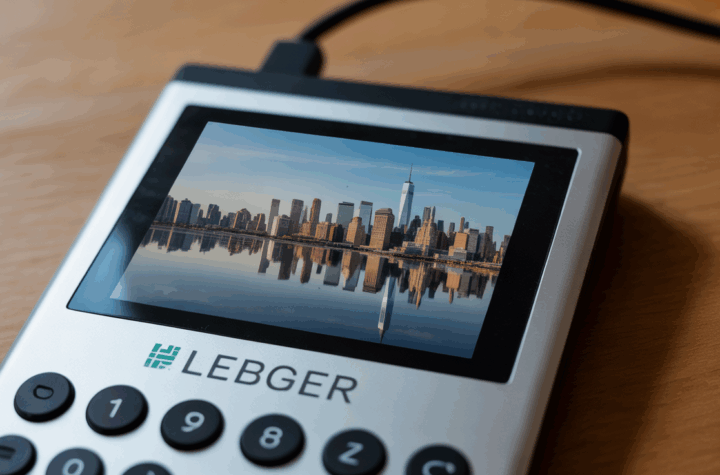
Regulating Artificial Intelligence: What Governments Are Doing
Artificial Intelligence (AI) is transforming the modern world, revolutionizing industries from healthcare and finance to transportation and entertainment. But alongside its enormous potential come serious concerns about privacy, fairness, safety, and accountability.
As AI grows more powerful, governments worldwide are working to create regulations that keep the technology in check while still allowing innovation to flourish. Let’s take a closer look at how different nations are approaching the challenge of governing AI.
Why AI Regulation Matters
AI offers huge benefits—but it also brings significant risks, such as:
- Bias and Inequality
AI can inherit biases from the data it’s trained on, leading to unfair outcomes in decisions like hiring, lending, or criminal justice. - Privacy Issues
AI systems often rely on vast amounts of personal data, raising important questions about how that data is used and protected. - Security Concerns
AI can be weaponized for cyberattacks, misinformation campaigns, or intrusive surveillance. - Accountability Gaps
When AI systems make errors, it’s often unclear who is responsible—the developers, the users, or the technology itself.
Governments aim to protect citizens while ensuring AI remains a force for progress.
Europe Leads with the AI Act
The European Union is taking one of the boldest steps in AI regulation with its proposed AI Act, which could become a global standard. Highlights of the AI Act include:
- Risk-Based Approach
AI applications are categorized by risk levels—unacceptable, high, limited, or minimal. High-risk systems face stricter rules. - Transparency Requirements
Users must be informed when they’re interacting with AI, such as when using chatbots. - Strict Oversight for Sensitive Areas
Systems used in biometric identification, law enforcement, and education face rigorous standards to ensure fairness, accuracy, and safety.
The AI Act is still under negotiation but is expected to significantly influence how AI is regulated worldwide.
The United States: Taking a Sector-Based Path
The United States hasn’t yet passed a single national AI law. Instead, its approach is spread across various sectors and initiatives:
- Industry-Specific Rules
Regulations often focus on specific industries like healthcare, finance, or transportation. - AI Bill of Rights
In 2022, the White House released a blueprint outlining principles for safe and ethical AI, emphasizing privacy, non-discrimination, and transparency. - Ongoing Policy Development
Policymakers continue debating how to create a more unified regulatory framework for AI.
China: Promoting Innovation with Tight Control
China is rapidly advancing in AI while maintaining strict government oversight. Its regulatory efforts include:
- Algorithm Oversight
New rules require tech companies to reveal how their recommendation algorithms work and prevent content deemed harmful to social stability. - Facial Recognition Laws
Regulations are in place to manage how facial recognition technology is deployed, particularly in public spaces.
China’s approach reflects a balancing act between fostering innovation and maintaining government control over technology.
Other Countries on the Move
- Canada is working on the Artificial Intelligence and Data Act to govern high-impact AI systems.
- The United Kingdom is leaning toward a flexible, pro-innovation regulatory model, avoiding a single overarching law.
- Australia, Japan, and South Korea are developing their own AI guidelines to encourage safe and ethical use of the technology.
The Challenges of Regulating AI
Regulating AI is no easy task. Key challenges include:
- Rapid Technological Change
AI evolves faster than laws can be written, risking outdated or ineffective regulations. - Global Disparities
Countries are taking different regulatory paths, creating potential conflicts for global companies. - Balancing Act
Governments must ensure regulations protect people without stifling technological innovation.
Looking Ahead
AI regulation is still in its early days, but governments worldwide agree that rules are needed to keep AI ethical, safe, and fair. The conversation is shifting from whether AI should be regulated to how best to do it.
As laws continue to develop, it’s crucial for businesses, developers, and individuals to stay informed and engaged. The future of AI depends not just on what technology can do—but on the rules we create to guide its use.
One thing’s certain: The way governments regulate AI will shape our lives for years to come.






More Stories
AI Meets Quantum Computing: Unlocking New Frontiers
How Open-Source AI Is Gaining Momentum
AI Startups and Giants Making Waves This Year